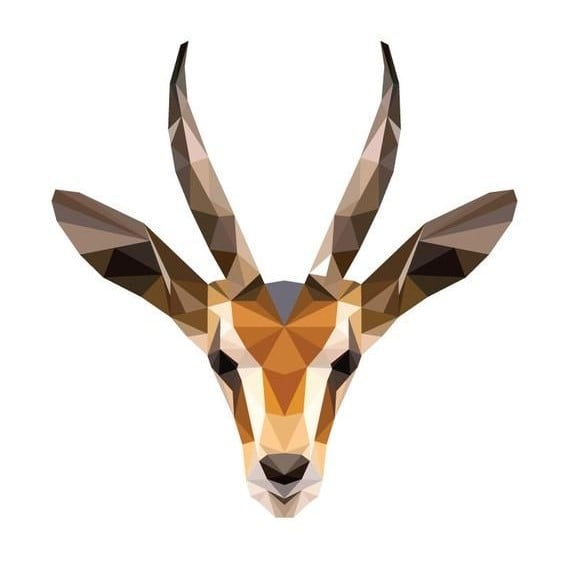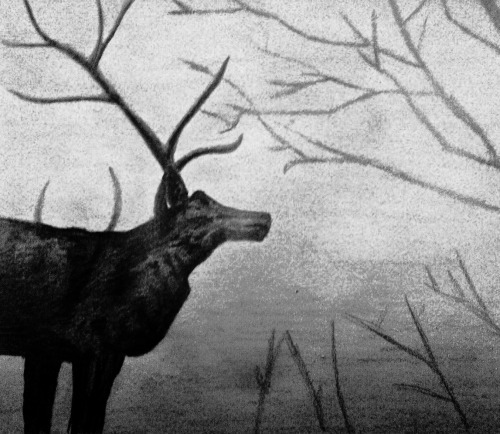- cross-posted to:
- worldnews@lemmit.online
- cross-posted to:
- worldnews@lemmit.online
These handaxes are so big it’s difficult to imagine how they could have been easily held and used.
While right now, we aren’t sure why such large tools were being made, or which species of early human were making them, this site offers a chance to answer these exciting questions.
I’d imagine that if you have a dead woolly mammoth with a 10cm layer of fat underneath an elephant-thick skin, it’s really hard to cut through all of that to get to the meat. I’d suspect that the heavy weight of those tools made it relatively easy to cut through that, so that would only have to provide a sideways force.
I imagine it like this: You lift this large tool and jam it once into the mammoth’s thick skin so that it sticks in it. Gravity is supplying most of the force necessary to cut, and all the human has to do is push and pull to the side to open up the animal to access the meat, which can then be processed with smaller hand held tools.
When I take my dog for a walk, he finds the biggest stick he can, whether or not he can carry it.
When I was in high school I knew a kid that loved Braveheart so much he got a reproduction of the claymore, a sword that was easily ten inches taller than him.
I think some dudes, no matter the species, just like the big pointy stick.
I think some dudes, no matter the species, just like the big pointy stick.
Yeah, sure. but those guys then get buried with their big pointy stick What we have here is a prehistoric working space, more akin to a construction site, where dozens of people together were cutting up animals and processing them. These giant handaxes are specialized tools for a specific job.
Mammoths only went extinct about 4,000 years ago, so realistically we should be seeing other “giant axes” if they were for processing mammoths.
I’d guess they were more specialized tools for some sort of early construction, which is kind of even more crazy.
so realistically we should be seeing other “giant axes” if they were for processing mammoths.
We do! Here are some from egypt, 500,000 years ago: https://blogs.ucl.ac.uk/researchers-in-museums/tag/handaxe/
The great Furze Platt handaxe is 400,000 years old and from Britain: https://joyofmuseums.com/museums/united-kingdom-museums/london-museums/natural-history-museum-london/great-handaxe-from-furze-platt/
And here are 300,000 thousand years old ones from Spain: https://theconversation.com/giant-handaxes-suggest-that-different-groups-of-early-humans-coexisted-in-ancient-europe-91977
Edit: On that note, here’s a giant handaxe where I have no doubt believing that it could be a prestige object: The giant handaxe of West-Tofts with a carefully preserved shell!

Makes a lot of sense with larger creatures with tougher hides. Could they be big enough that 2 people would use it together? Wouldn’t it be more probable the people at the time were smaller than us now?
Why couldn’t they just have tied a stick to the axe? Is it just a handaxe because people didn’t do real axes yet, or another reason? Seems occam’s razor that if you can’t hold it it wasn’t held like that.
These things are large and heavy (don’t forget that this is solid stone, not metal):

Sure, you can attach a handle to it, but for what purpose? Do you want to chop something with it repeatedly? Then your arms will very quickly become very tired from repeatedly lifting those things.
What I’m describing are tasks that don’t require chopping, but cutting. Modern meat proceessing still uses knives for that, not axes or something


I see – probably the bone breaker!
Article could have used way more pictures
The article references Neanderthals but Neanderthals were way more recent than ~300kya? In fact even the earliest Neanderthals were closer in time to now than then…
Maybe Neanderthals were much stronger then they think?
Boggles my mind everytime thinking of people that look like us living that far back.






